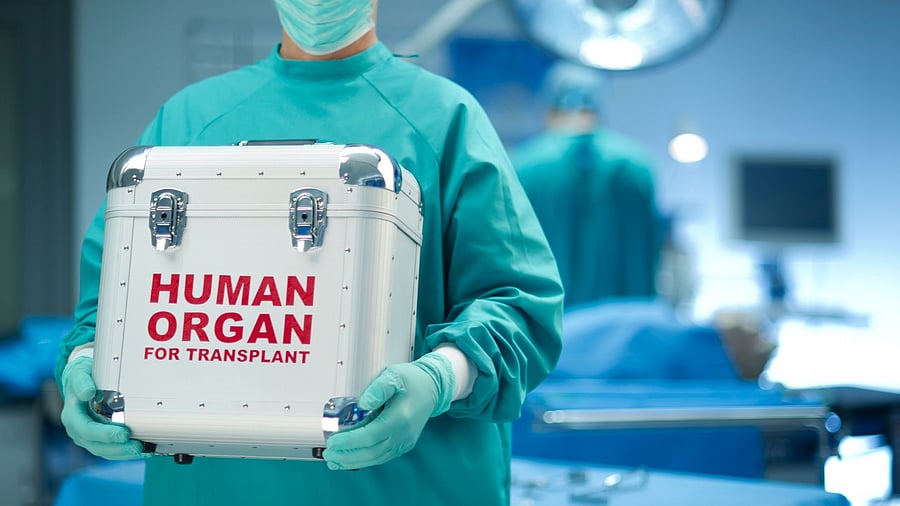
If adopted more widely, the method will significantly increase the number of hearts available for transplantation, saving lives.
Credit: iStock Photo
A new method for retrieving hearts from organ donors has ignited a debate over the surprisingly blurry line between life and death in a hospital -- and whether there is any possibility that donors might still experience some trace of consciousness or pain as their organs are harvested.
The new method has divided major hospitals. It has been championed by NYU Langone Health in Manhattan, which says it became the first hospital in the United States in 2020 to try the new method. But NewYork-Presbyterian Hospital, which has the city's largest organ transplant program, has rejected the technique after an ethics committee there examined the issue.
If adopted more widely, the method will significantly increase the number of hearts available for transplantation, saving lives.
The reason is that most heart donors currently come from a small category of deaths: donors who have been declared brain dead often after a traumatic incident like a car crash. But they remain on life support -- their heart beats, and their blood circulates, bringing oxygen to their organs -- until a transplant team recovers their organs.
The new technique, transplant surgeons say, significantly expands the potential pool to patients who are comatose but not brain dead, and whose families have withdrawn life support because there is little chance of recovery. After these patients' hearts stop, they are declared dead. But hearts are almost never recovered from these donors because they are often damaged by oxygen depletion during the dying process.
Surgeons have discovered that returning blood flow to the heart, after the donor has been declared dead, will restore it to a remarkable degree, making it suitable for transplant. But two aspects of the procedure have left some surgeons and bioethicists uncomfortable.
The first problem stems from the way death has traditionally been defined: The heart has stopped and circulation of blood has irreversibly ceased. Because the new procedure involves restarting blood flow, critics say it essentially invalidates the earlier declaration of death.
But that may be a minor problem compared to an additional step surgeons take: They use metal clamps to cut blood flow from the revived heart to the donor's head, to limit blood flow to the brain to prevent the possibility that any brain activity is restored. Some physicians and ethicists say that is a tacit admission that the donor might not be legally dead.
"It's kind of a creepy thing to be doing," a longtime heart surgeon and transplant specialist, Dr. V. Eric Thompson, said.
NYU Langone has used the new procedure, which uses a cardiopulmonary bypass machine, to recover nearly 30 hearts from such patients that would not otherwise have been transplanted.
But some medical groups have flat-out opposed it. The American College of Physicians has said clamping the arteries to the brain to ensure brain death while restarting circulation appears to violate "the dead donor rule" -- a foundational tenet of organ transplantation in the United States to ensure organ procurement is not the cause of a donor's death.